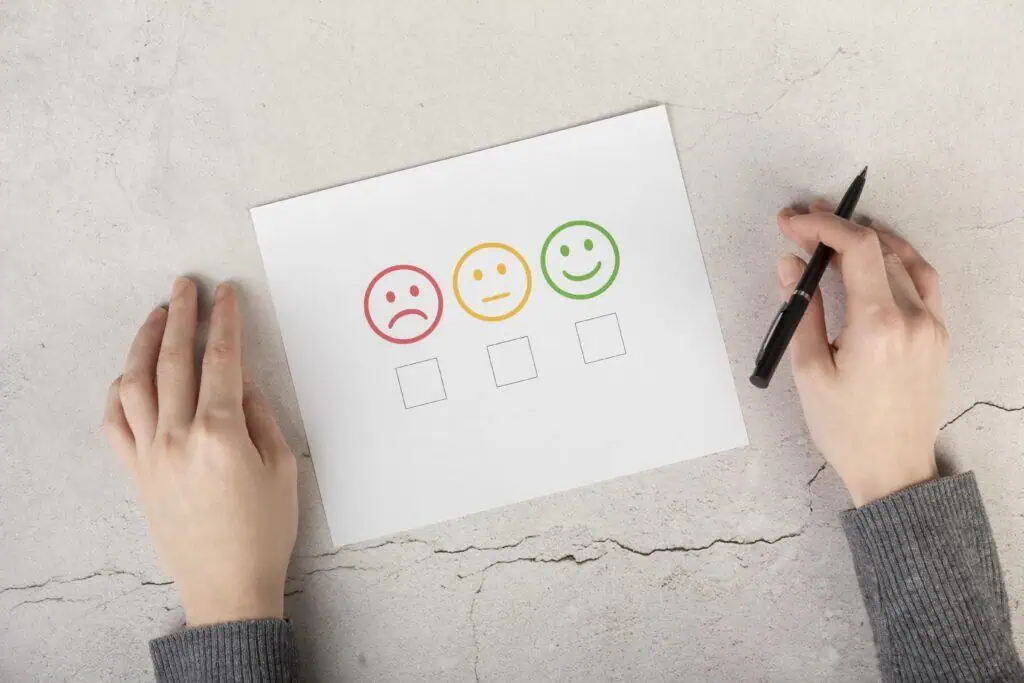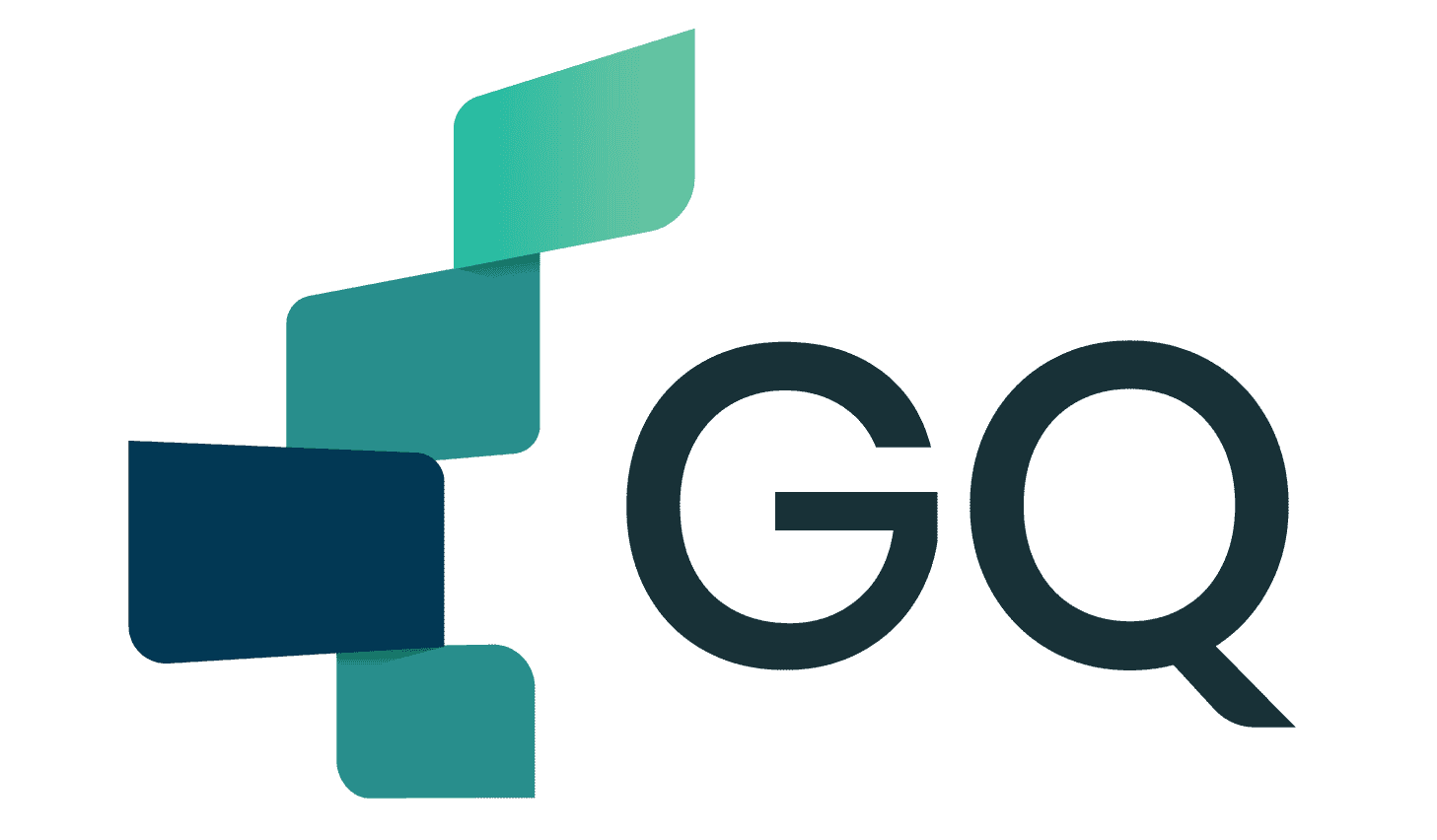
- Questions to Ask to Spot Differences
- Quality Assurance: A Strategy of Prevention
- Quality Control: A Strategy of Detection
What Is Quality Assurance vs Quality Control?
Quality assurance and quality control have very closely related concepts, but they are essentially different in their focus:
- Quality Control (QC) is used to verify the quality of the output when control means an evaluation to indicate needed corrective responses; the act of guiding a process in which variability is attributable to a constant system of chance causes. QC is then the observation techniques and activities used to fulfill requirements for quality.
- Quality Assurance (QA) is the process of managing for quality when assurance means the act of giving confidence, the state of being certain or the act of making certain. QA is then the planned and systematic activities implemented in a quality system so that quality requirements for a product or service will be fulfilled.
Simple questions can show us their difference:
1. What are they focused on?
- QA: Aims to prevent defects with a focus on the process used to make the product. It is a proactive quality process.
- QC: Aims to identify (and correct) defects in the finished product. Quality control, therefore, is a reactive process.
2. What is their goal?
- QA: To improve development and test processes so that defects do not arise when the product is being developed.
- QC: To identify defects after a product is developed and before it’s released.
3. How do they do it?
- QA: Establish a good quality management system and the assessment of its adequacy. Periodic conformance audits of the operations of the system.
- QC: Finding and eliminating sources of quality problems through tools & equipment so that customer’s requirements are continually met.
4. What do they do?
- QA: Prevention of quality problems through planned and systematic activities including documentation.
- QC: The activities or techniques used to achieve and maintain the product quality, process and service.
5. Who is responsible?
- QA: Everyone on the team involved in developing the product is responsible for quality assurance.
- QC: Usually the responsibility of a specific team that tests the product for defects.
6. Example of their work?
- QA: Example of verification.
- QC: Example of validation or software testing.
7. What statistical techniques do they use?
Statistical Tools and Techniques can be applied in both QA and QC.
- QA: When they are applied to processes (process inputs and operational parameters), they are called Statistical Process Control (SPC).
- QC: When statistical tools and techniques are applied to finished products (process outputs), they are called as Statistical Quality Control (SQC).
8. What kind of tool are they?
- QA: Is a managerial tool.
- QC: Is a corrective tool.
Download our e-book
Download our free e-book to discover how GQ Interim can transform your business with expert leadership solutions!
Quality Assurance: A Strategy of Prevention
QA is aimed on planning, documenting and making an agreement on a set of guidelines that are necessary to assure quality. QA planning is undertaken at the beginning of a project, and draws on both software specifications and industry or company standards. The typical outcomes of the QA planning activities are quality plans, inspection and test plans, the selection of defect tracking tools and the training of people in the selected methods and processes.
The purpose of QA is to prevent defects from entering into the solution in the first place. In other words, QA is a pro-active management practice that is used to assure a stated level of quality for an IT initiative.
Commitment of QA at the beginning of a project is a key tool to reduce the risks that have been identified during the specification phases. Communication plays a pivota role in managing project risk, and is crucial for realising effective QA. Part of any risk reducing strategy is the clear communication of both the risks, and their associated remedies to the team or teams involved in the project.
Quality Control: A Strategy of Detection
Quality Control includes all activities that are determined to identify the level of quality of the delivered ICT solutions. QC is a reactive means by which quality is gauged and monitored, and QC includes all operational techniques and activities used to fulfil requirements for quality. These techniques and activities are agreed with customers and/or stakeholders before project work is commenced.
QC involves verification of output conformance to desired quality levels. This means that the ICT solution is checked against customer requirements, with various checks being conducted at planned points in the development lifecycle. Teams will use, amongst other techniques, structured walkthroughs, testing and code inspections to ensure that the solution meets the agreed set of requirements.
Conclusion
While Quality Assurance (QA) and Quality Control (QC) share the ultimate goal of delivering high-quality products and services, they achieve this in fundamentally different ways. QA takes a preventive, process-oriented approach—focusing on ensuring that development and operational procedures are correctly followed to avoid defects from the outset. In contrast, QC is detective and product-focused, identifying and correcting issues in finished outputs to maintain customer satisfaction and compliance with standards.
Understanding and applying both QA and QC as complementary practices is essential for any organization seeking operational excellence. QA lays the foundation for consistent, reliable performance, while QC ensures that the results meet expectations before reaching the customer. Together, they form a powerful framework for continuous improvement, risk reduction, and sustained quality across the value chain.
Interested in Interim Expert?
Discover how interim management can dramatically increase the efficiency of your business. Get in touch with our team to learn how working with GQ Interim will improve your company.
- Get started within few days
- Database of 10 000+ consultants
- Solving crucial problems of your business
- Custom solutions for your business needs
- Proven results with measurable impact
Related articles

- A balanced scorecard example demonstrates how organizations can measure more than just financial performance. Developed by Robert Kaplan and David Norton, the balanced scorecard tracks goals across finance, customers, internal processes, and learning & growth. By aligning these perspectives, it ensures that daily operations support long-term strategy and sustainable growth.

- The Theory of Constraints (TOC) is a structured approach to improving organizational performance by focusing on the single most limiting factor—the constraint. Whether it’s a production bottleneck, market demand, or a sales conversion gap, TOC answers three core questions—what to change, to what to change, and how to cause the change—and drives continuous improvement through five disciplined steps: identify, exploit, subordinate, elevate, and repeat.

- Software quality assurance ensures that software consistently meets stakeholder needs by preventing defects and validating that products align with defined quality attributes (e.g., reliability, security, performance). Blending defect management practices with standards-based quality models like ISO/IEC 25010 helps teams plan, measure, and continuously improve quality throughout the lifecycle.

- During our jobs we meet very often with many symbols and shortcuts or abbreviations e.g. FMEA, PPAP, CC, SC etc. When I did my first internal audit at work I had to also check the implementation of CE marking. Previously I have done the research what is this CE marking to not be absolutely lost in this area. So what is it and how is itused?
